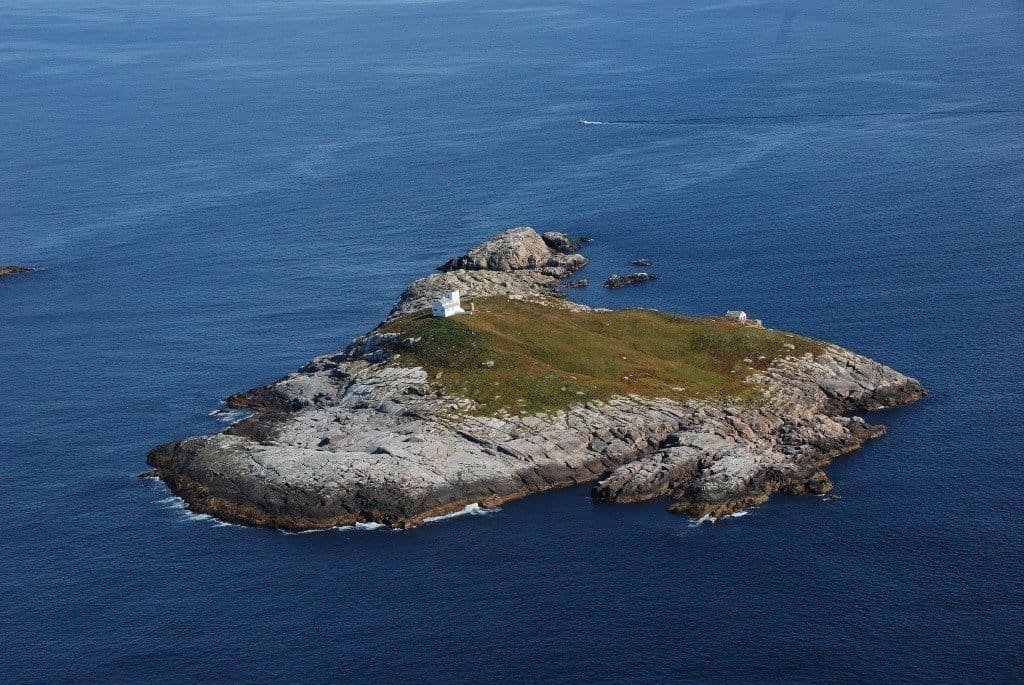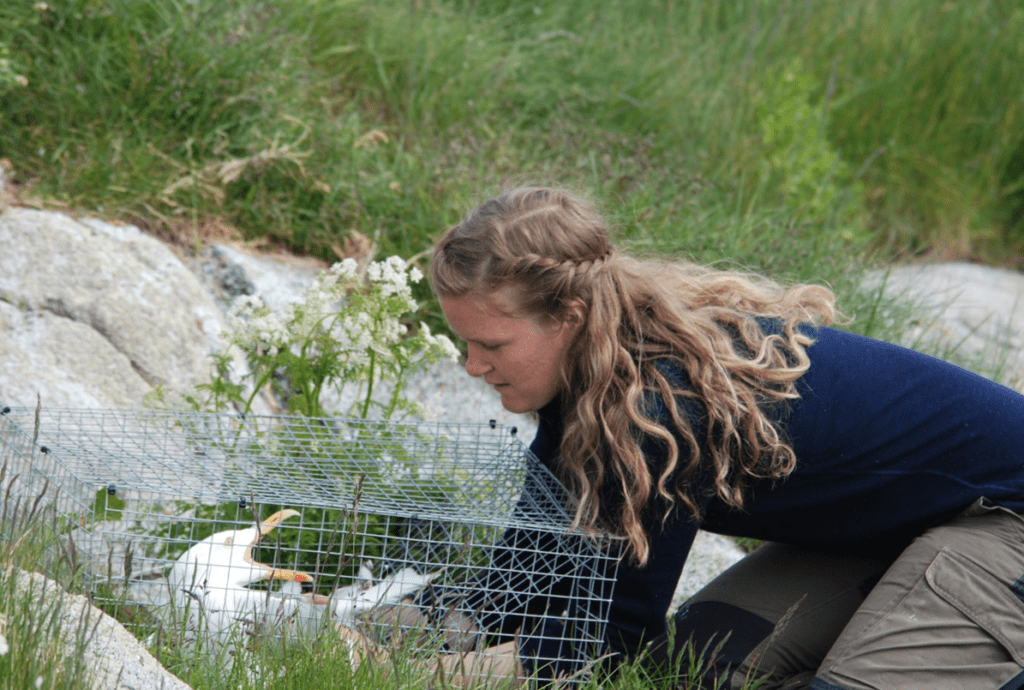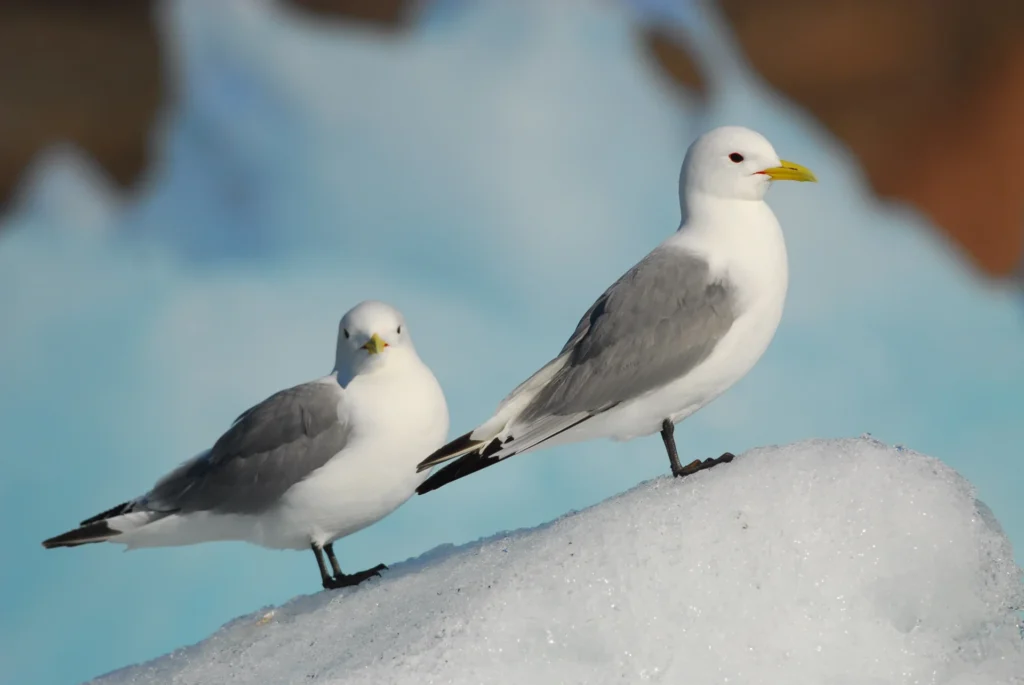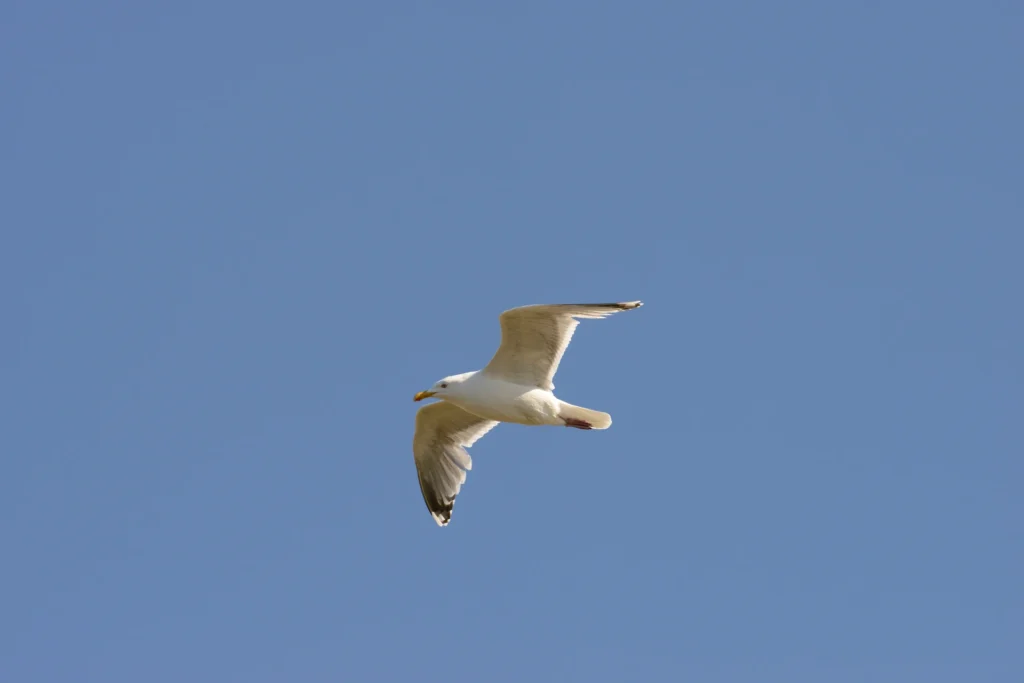Anda is a small island (0.15 km2) located north of the Vesterålen archipelago in Nordland County, Norway. Anda is an important breeding ground for Atlantic puffins, with around 15.000 breeding pairs.
Other species found breeding on Anda include Black-legged kittiwakes, European shags, Common guillemots, Razorbills, black guillemots, Herring gulls and Great black-backed gulls . There is also a few Common eiders, which attempt to breed at the island.

Due to its value as a breeding site for seabirds, the island has been protected as a nature reserve since 2002, and in 2013 it was designated a Ramsar site. From 15th of April, to 31st of July, access to the island is prohibited.

Being situated in between the edge of the continental shelf in the west and the shallow fjords in the east, the ocean around Anda thus provides diverse and reliable feeding conditions for the birds breeding in colony. The birds in this area do not depend on the larvae brought northwards by the coastal currents, but feed on local populations of sandeels in the adjacent fjords, as well as mesopelagic fish on the shelf edge. Anda has been a SEAPOP key site since 2005.

Population size is monitored for all seabird species and breeding success, diet, adult survival, and chick growth of puffin and kittiwake is monitored every year. Since 2009 kittiwakes has been instrumented with GLS loggers and since 2011 with GPS-loggers. The site became a SEATRACK locality in 2014 and loggers have since been deployed on puffins, kittiwakes and herring gulls.

Seatrack partner

Arnaud Tarroux
Norwegian Institute for Nature Research

Signe Christensen-Dalsgaard
Norwegian Institute for Nature Research
Data availability







